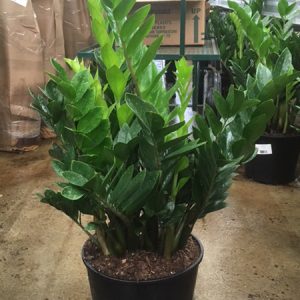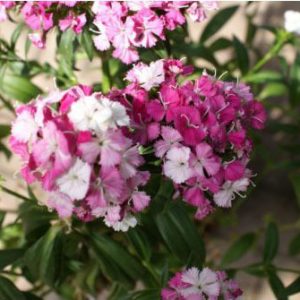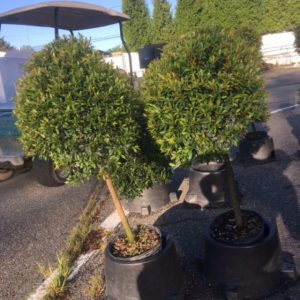Description
Prinsepia –
There are 3 or 4 species of arching, spiny, deciduous shrubs in the rose family in this genus. They occur from woodland and thickets in the Himalayas to Northern China and into Tibet and Taiwan. They have peeling gray brown bark. They are grown for their linear to elliptic or oblong-lance shaped leaves, which are smooth edged or sparsely toothed, which are rich green on opening, later glossy or dull dark green. They are also valued for their fragrant, 5 petaled, cup shaped, white to yellow flowers with golden anthers. Flowers are followed by edible, cherry like, spherical or ovoid, first yellow then ripening to purple or deep red fruit. Grow pinsepias in a shrub border, against a wall, or as aa hedge, the leaves appear early, and are an excellent foil for other early flowering shrubs.
Grow in fertile or moderately fertile, well drained but not dry soil in full sun or part shade, in an open position with room to spread.
P. uniflora – Hedge Prinsepia – This spreading, deciduous shrub from Northwestern China grows 5-6′ feet tall and 8′ feet wide. From arching shoots that are stiff and bears sharp spines and alternate, narrowly oblong, glossy, rich dark green leaves, to 2 ½” long. From early spring to summer it bears cup shaped, fragrant, 5 petalled, white flowers, ½” across, are held singly or in clusters along the shoots, they are followed by cherry like, purple red to black fruit, ½” across.
Zones 3-6





